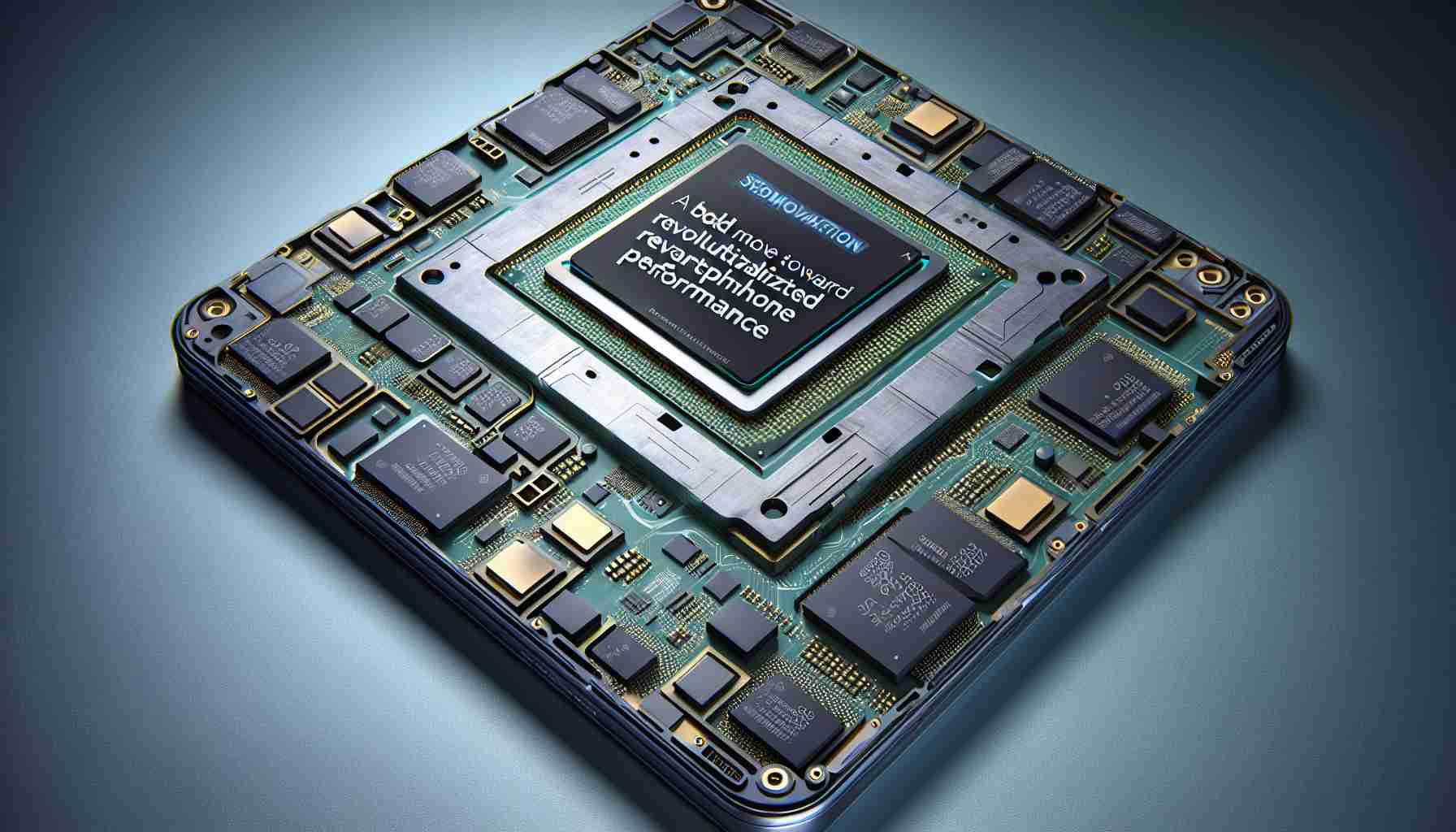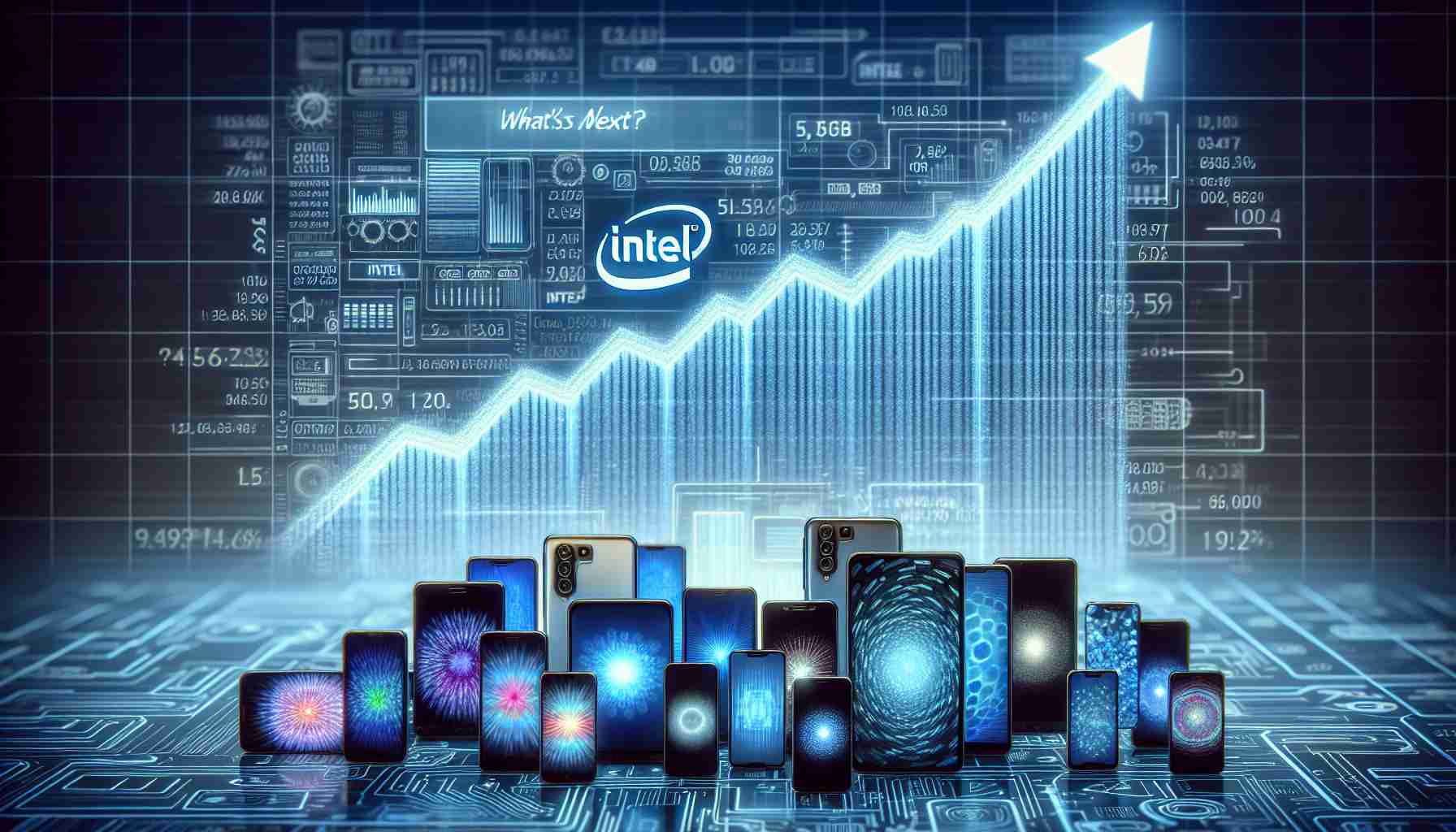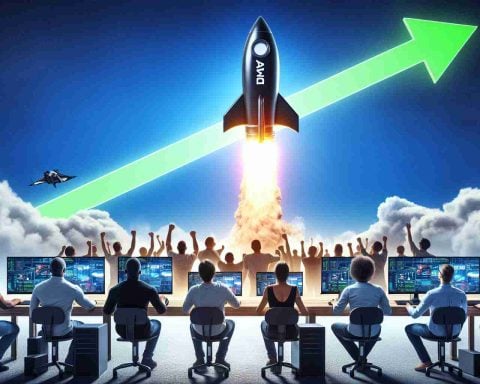In a surprising twist of events, it has been revealed that Nvidia CEO Jensen Huang once had the opportunity to merge with AMD but turned it down due to a condition. Former AMD engineer Hemant Mohapatra shed light on this untold story, stating that AMD had attempted to acquire Nvidia in the past but the deal fell through because Huang wanted to be the CEO of the joint company.
Mohapatra, who spent over six years at AMD before transitioning into venture capital, shared that AMD should have pursued the merger with Nvidia, as it would have been a strategic move. However, Huang had a long-term vision in mind, likening it to Apple’s strategy of locking in users. He refused to sell unless he was made the CEO, a condition that AMD was unwilling to meet. This led to the two companies going their separate ways, forever altering their future trajectories.
Now, with the benefit of hindsight, it is clear that AMD missed out on a significant opportunity. At the time, Nvidia was primarily known for its niche CPU for hardcore gamers, while AMD was a believer in OpenGL. The potential merger would have allowed AMD to tap into Nvidia’s expertise in CUDA and broaden its reach in the gaming industry. However, this vision was never realized.
The possibility of an Nvidia-AMD merger was further confirmed by current AMD engineer Phil Park, who corroborated Mohapatra’s account of the events. While there may be some differing opinions on certain details, Park affirmed the truth behind Huang’s desire to be CEO.
Ultimately, Nvidia’s decision to reject the merger proved to be a bold one. The company stuck to its guns and remained steadfast in its strategy. As time went on, Nvidia’s focus on AI and deep learning paid off, with its chips becoming integral to advancements in these fields. Today, Nvidia boasts a market cap of $3.1 trillion, dwarfing AMD’s $288 billion.
Looking back, it is clear that Nvidia’s determination and foresight played a significant role in its success. While the potential merger with AMD may have seemed enticing, it was ultimately Nvidia’s unwavering commitment to its goals that propelled it to new heights.
Relevant Facts:
1. Nvidia CEO Jensen Huang turned down the opportunity to merge with AMD in the past due to his condition of becoming the CEO of the joint company.
2. Former AMD engineer Hemant Mohapatra revealed this untold story and emphasized that AMD should have pursued the merger for strategic reasons.
3. Nvidia was primarily known for its niche CPUs for hardcore gamers, while AMD believed in OpenGL. The merger would have allowed AMD to tap into Nvidia’s expertise in CUDA and expand its presence in the gaming industry.
4. Current AMD engineer Phil Park corroborated Mohapatra’s account, confirming Huang’s desire to be CEO.
5. Nvidia’s decision to reject the merger proved to be bold, as the company stayed committed to its strategy and focused on AI and deep learning.
6. Nvidia’s chips became integral to advancements in AI and deep learning, contributing to its significant market cap of $3.1 trillion, much larger than AMD’s $288 billion.
Important Questions:
1. Why did Jensen Huang demand to be the CEO of the joint company?
2. How would the merger have benefitted AMD and Nvidia?
3. Were there any controversies or challenges associated with the potential merger?
4. How did Nvidia’s focus on AI and deep learning contribute to its success?
Key Challenges or Controversies:
The key challenge associated with the potential merger was Jensen Huang’s condition of becoming the CEO of the joint company. AMD was unwilling to meet this demand, leading to the deal falling through. The controversy lies in whether Huang’s condition was justified or if it hindered the potential benefits of the merger.
Advantages:
– The merger would have allowed AMD to tap into Nvidia’s expertise in CUDA, which could have accelerated advancements in graphics and gaming technology.
– It would have broadened AMD’s reach in the gaming industry, potentially increasing its market share.
– The joint company could have become a strong competitor in the tech industry, leveraging the strengths of both AMD and Nvidia.
Disadvantages:
– Jensen Huang’s demand to be the CEO could have created power struggles and conflicts within the joint company.
– The merger may have required significant restructuring, leading to potential disruptions and uncertainties for both companies.
– It is uncertain whether the merger would have resulted in the same level of success that Nvidia achieved independently.
Suggested Related Links:
Nvidia Official Website
AMD Official Website






















